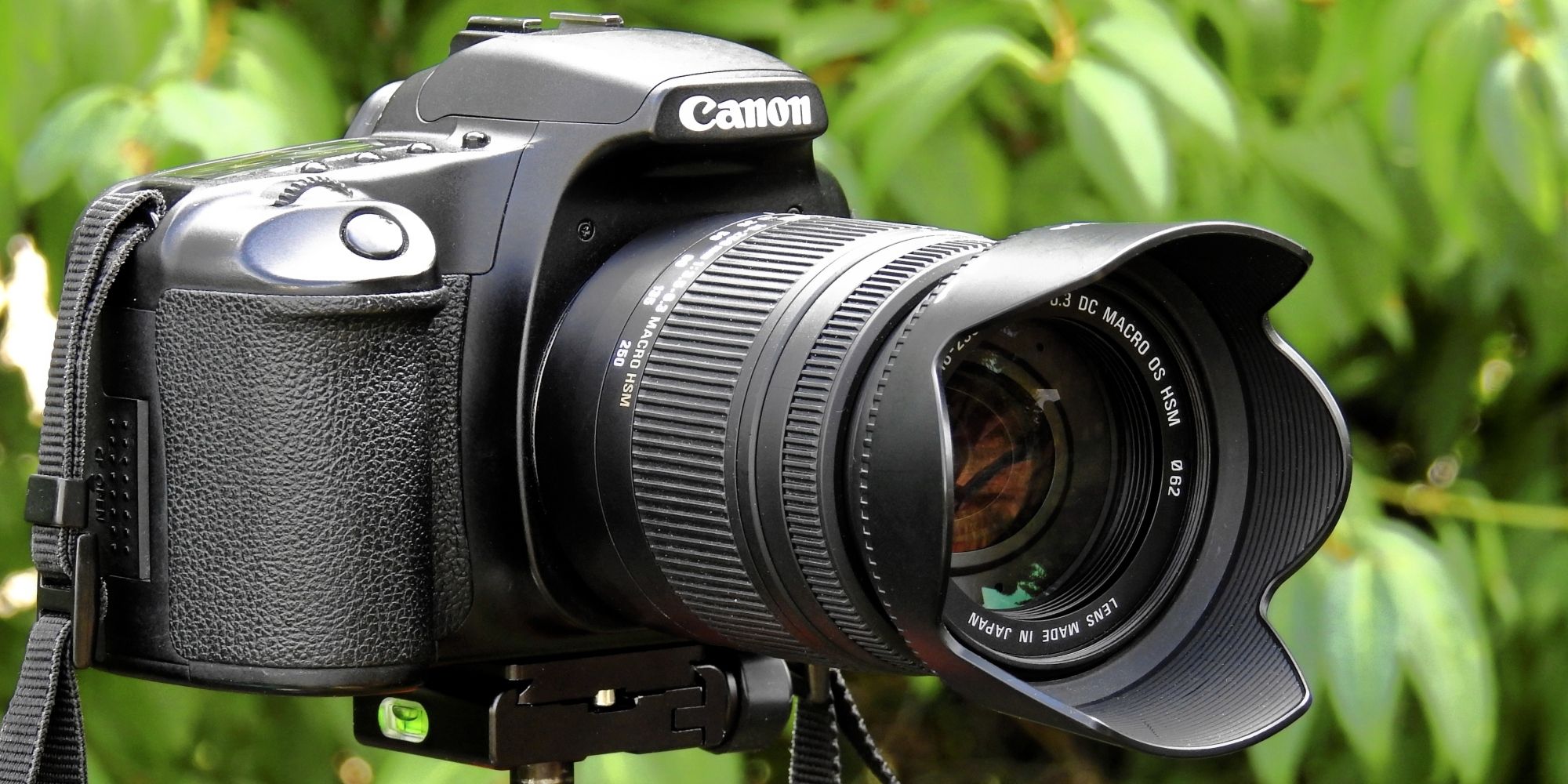TRAVEL
Sharing tips for getting the best photographs
Photography is a wonderful art form that allows us to capture and preserve memories in a tangible way. Whether you're an amateur photographer or a professional, there are certain tips and techniques that can help you take better photographs. In this blog post, we will share some tips for getting the best photographs. (This blog is created by Techgoldar) techgoldar.blogspot.com
- Get to know your camera
The first step to taking better photography is to get to know your camera. Read the manual and learn about the different settings and features of your camera. Experiment with different settings and practice taking photos in different lighting conditions to get a feel for what works best.
- Use the rule of thirds
The rule of thirds is a fundamental principle of photography that can help you create more balanced and visually appealing compositions. The rule of thirds suggests that you should imagine a grid of nine equal sections on your viewfinder and position your subject at one of the intersection points of these lines.
- Pay attention to lighting
Lighting is one of the most important factors in photography. The right lighting can make a good photo great, while poor lighting can ruin an otherwise great shot. When taking photographs, pay attention to the direction and quality of light. Experiment with different lighting conditions, such as early morning or late afternoon, to see how it affects your photos.
- Think about composition
Composition refers to the arrangement of elements within a photograph. When composing your shots, consider the foreground, middle ground, and background. Look for interesting shapes, lines, and textures that can help create depth and interest in your photos.
- Experiment with angles
Taking photos from different angles can help add variety and interest to your shots. Instead of always shooting from eye level, try getting down low or up high to capture different perspectives. You can also experiment with different focal lengths and lenses to create unique effects.
- Use a tripod
A tripod can be a useful tool for taking sharp, steady shots. It can also help you achieve a consistent perspective and composition. If you're shooting in low light or using a slow shutter speed, a tripod can help reduce camera shake and prevent blur.
- Look for interesting details
Sometimes the most interesting photographs are the ones that capture small, everyday details. Look for interesting textures, patterns, and colors that can help add depth and interest to your shots. Try getting up close and personal with your subject to capture these details.
- Be patient
Taking great photographs often requires patience and persistence. Don't be afraid to spend time waiting for the perfect shot, or to experiment with different angles and settings. Sometimes the best photographs are the ones that require a little extra effort.
- Edit your photos
Editing your photos can help bring out the best in your shots. Use editing software to adjust the brightness, contrast, and color balance of your photos. You can also experiment with cropping, filters, and other effects to create unique and interesting compositions.
- Practice, practice, practice
Finally, the most important tip for taking great photographs is to practice. Take your camera with you everywhere you go and take photos of anything that catches your eye. The more you practice, the more comfortable you will become with your camera, and the better your photographs will become.
In conclusion, taking great photographs requires a combination of technical skill, artistic vision, and patience. By following these tips and practicing regularly, you can improve your photography skills and capture beautiful, memorable images that you can treasure for years to come.





0 Comments